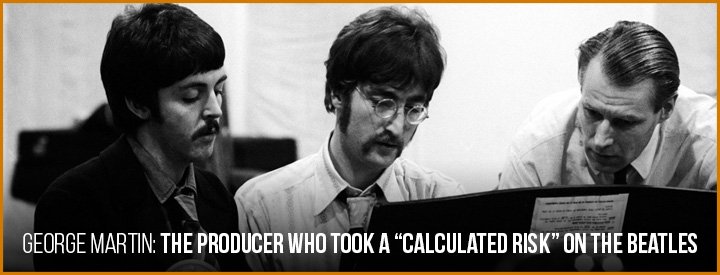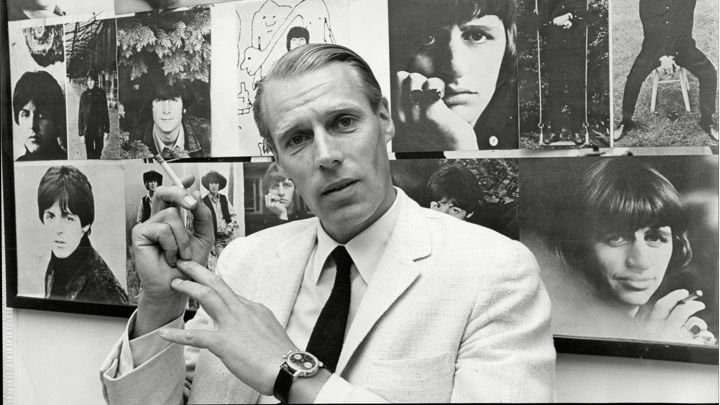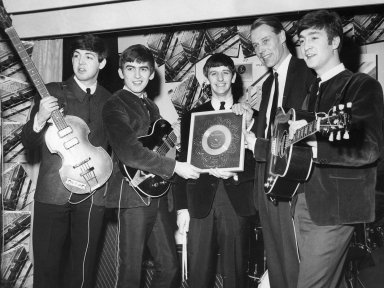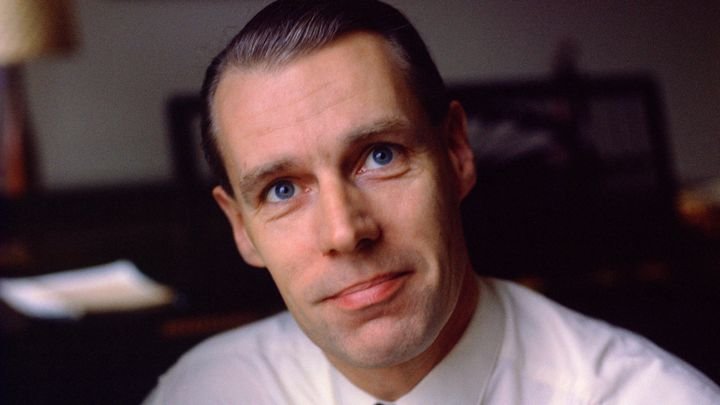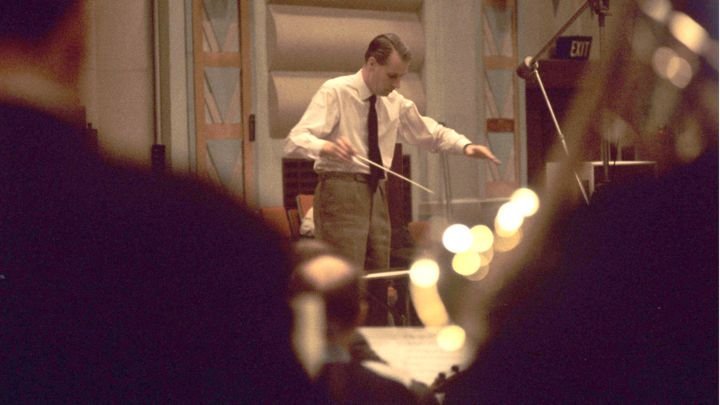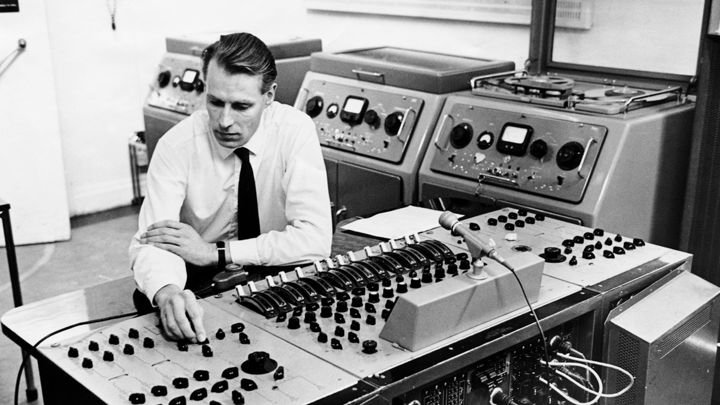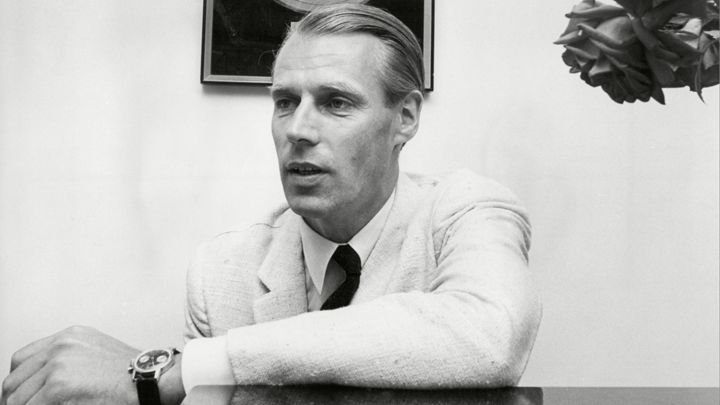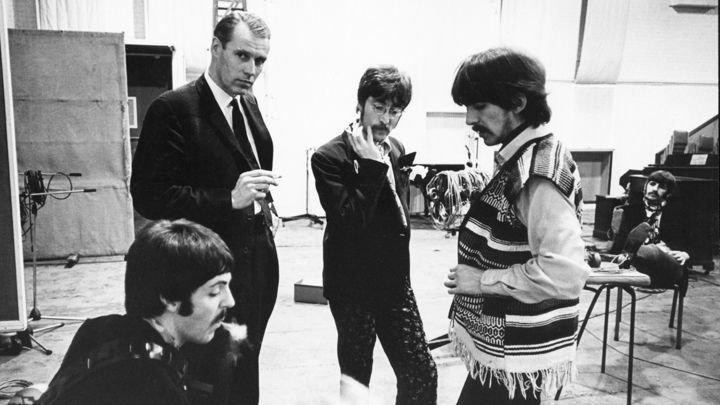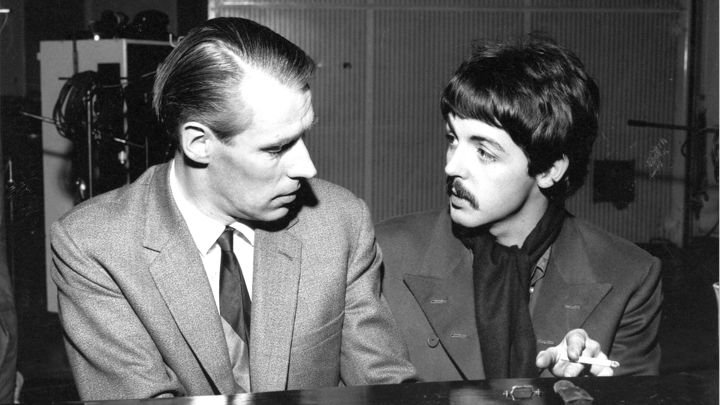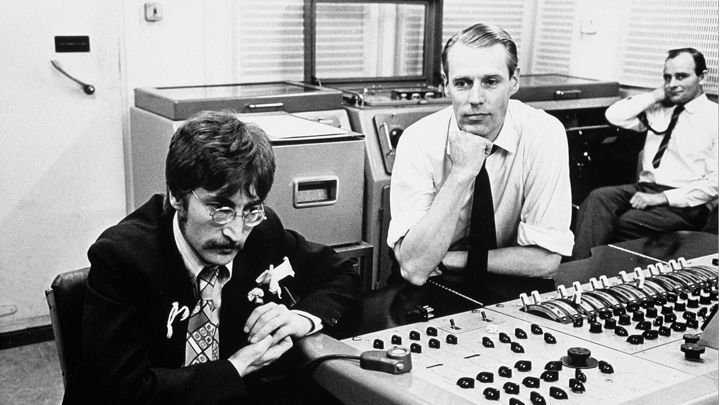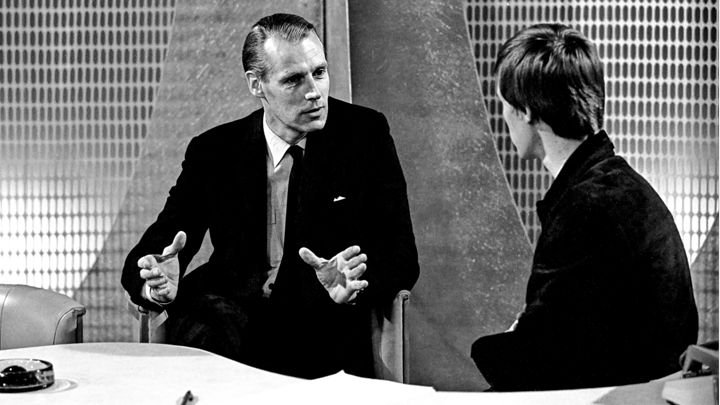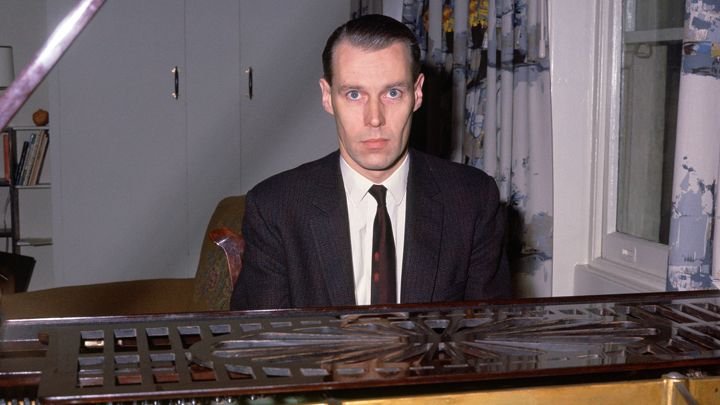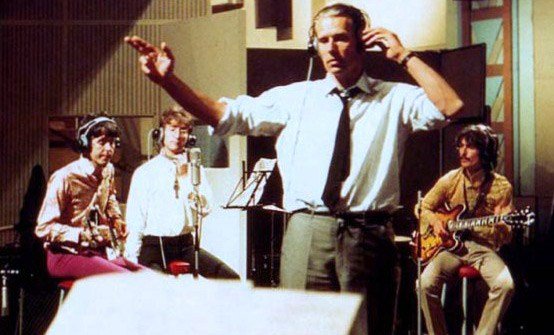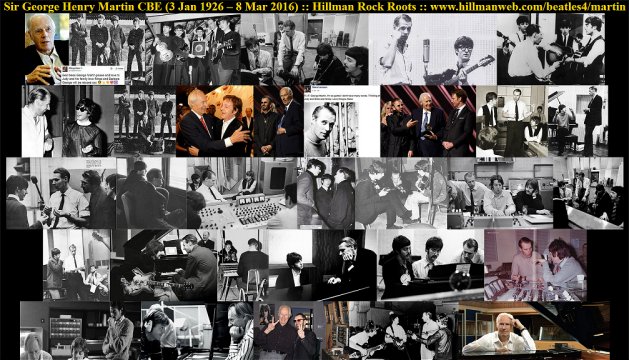For much of the 1950s and early ‘60s, record
producers had clear roles. They found the songs their artists recorded.
They guided bands and singers in much the same way film directors take
actors through their paces. But Martin turned his producer-artist relationship
with The Beatles into a collaboration. We take that dynamic for granted
today, but it took Martin to realize it in ways never before explored.
So when The Beatles wanted to hop genres on the same album,
Martin helped them do it: not once, but twice, three times and arguably
more.
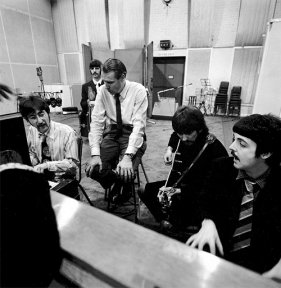 “On
Revolver, you could have a song with a double string quartet like ‘Eleanor
Rigby’ sitting side by side with something psychedelic and crazy like ‘Tomorrow
Never Knows,’” says Mark Caro, a former Chicago Tribune entertainment reporter
and co-author of the upcoming book “Take It to The Bridge: Unlocking the
Great Songs Inside of You.”
“On
Revolver, you could have a song with a double string quartet like ‘Eleanor
Rigby’ sitting side by side with something psychedelic and crazy like ‘Tomorrow
Never Knows,’” says Mark Caro, a former Chicago Tribune entertainment reporter
and co-author of the upcoming book “Take It to The Bridge: Unlocking the
Great Songs Inside of You.”
Martin wrote the string arrangement for “Rigby” and conducted
the octet. And to get Paul McCartney’s homemade loops on “Tomorrow Never
Knows,” he and engineer Geoff Emerick, who was just 19 at the time, commandeered
five studio tape machines.
“In the control room, George Martin and I huddled over
the console, raising and lowering faders to shouted instructions from John,
Paul, George and Ringo,” Emerick wrote in his book “Here, There and Everywhere.”
“With each fader carrying a different loop, the mixing
desk acted like a synthesizer, and we played it like a musical instrument,
too,” Emerick added.
No doubt. This was done live, in one off-the-cuff take.
Martin Empowered Recording Engineers
to Experiment
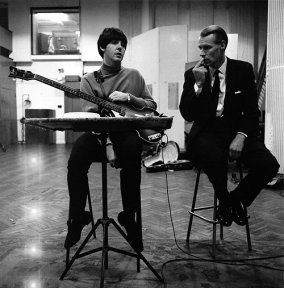 Remarkable
as it sounds today, EMI Studios, known today as Abbey Road, was a place
where technicians wore white lab coats and engineers were constrained to
operate by the book, and a very strict book at that. But when The Beatles
came to Martin requesting certain sounds, he didn’t break out the Abbey
Road studio code and cite section 12-B-4. He condoned bending and breaking
the rules — and often did so himself.
Remarkable
as it sounds today, EMI Studios, known today as Abbey Road, was a place
where technicians wore white lab coats and engineers were constrained to
operate by the book, and a very strict book at that. But when The Beatles
came to Martin requesting certain sounds, he didn’t break out the Abbey
Road studio code and cite section 12-B-4. He condoned bending and breaking
the rules — and often did so himself.
On the Sgt. Pepper disc, John Lennon instructed Martin
that he wanted a crazy carnival atmosphere for his song “Being For The
Benefit of Mr. Kite!”
“John said he wanted to ‘smell the sawdust on the floor,’
wanted to taste the atmosphere of the circus,” Martin said, as quoted in
“The Beatles Recording Sessions,” by Mark Lewisohn. “So I got a hold of
old calliope tapes, chopped the tapes into small pieces, and had Geoff
Emerick throw them up in the air, reassembling them at random.” It took
two “takes” to get the tape pieces scrambled just enough to get the effect
Martin wanted and that Lennon sought.

